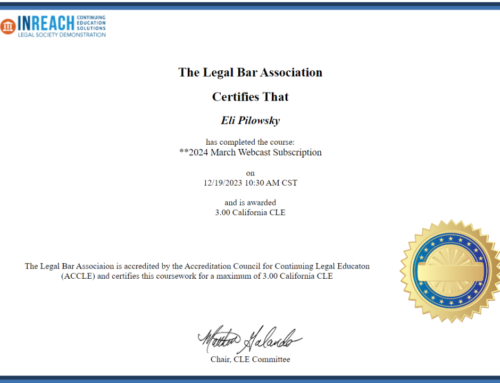Introduction:
Continuing Medical Education (CME) is a vital component of the healthcare industry, ensuring that medical professionals stay up-to-date with the latest medical advances and patient care techniques. Associations that offer CME programs play a pivotal role in providing healthcare providers with opportunities for ongoing learning. An essential aspect of this process is the creation of compelling course descriptions that attract medical professionals to these programs. This article presents ten ChatGPT prompts that medical associations can use to craft descriptions of their CME courses, ensuring that they resonate with their target audience and effectively communicate the value of their educational offerings.
Course Title and Overview:
Prompt: “Please provide a captivating course title and a brief overview of the CME course.”
A compelling course title is often the first thing that captures the attention of potential participants. The overview should succinctly highlight the key objectives and benefits of the course, emphasizing its relevance and value to healthcare professionals.
Learning Objectives:
Prompt: “What are the specific learning objectives of this CME course? What should participants be able to do or understand after completing it?”
Clear learning objectives provide attendees with an understanding of what they will gain from the course. Use this prompt to describe the knowledge, skills, and insights participants can expect to acquire.
Target Audience:
Prompt: “Who is the ideal audience for this CME course? Please provide details about their medical specialization, experience level, and any other relevant characteristics.”
Understanding the intended audience helps potential participants assess whether the course is suitable for their professional needs. Be specific about the level of expertise and specialization the course caters to.
Curriculum Highlights:
Prompt: “List the key topics and modules that will be covered in the CME course. Provide a brief description of each.”
Highlighting the course content allows attendees to gauge the depth and relevance of the material. Describe the most important subjects and provide insight into the content of each module.
Expert Instructors:
Prompt: “Introduce the instructors or facilitators for the course. Share their credentials, experience, and why they are well-suited to teach this material.”
The credibility and expertise of the instructors can significantly influence the decision to enroll. Share details about the instructors’ qualifications and what makes them exceptional educators in the medical field.
Interactive Elements:
Prompt: “What interactive elements or teaching methods will be used in the course, such as case studies, group discussions, or practical exercises?”
Engagement is crucial for adult learning. Explain how the course will actively involve participants and enhance their learning experience through interactive elements.
Continuing Education Credits:
Prompt: “Detail the number of CME credits that participants can earn by completing this course. Are there any accreditation or approval details?”
Many healthcare professionals require CME credits to maintain their licenses. Provide clear information about the credits available, including any specific accreditation or approval details.
Testimonials and Past Success:
Prompt: “Share any success stories, testimonials, or feedback from previous participants of this CME course.”
Feedback from past attendees can be a powerful promotional tool for the course. Include quotes or anecdotes that highlight the value and impact of the program.
Resources and Materials:
Prompt: “What materials, resources, or tools will be provided to participants during or after the course? Are there any supplementary reading materials or resources?”
Mention the resources participants will receive to enhance their learning experience, whether it’s course materials, reference materials, or online tools.
Registration and Contact Information:
Prompt: “Provide clear instructions on how to register for the course, including registration deadlines, fees, and any available discounts. Also, include contact information for inquiries.”
The final prompt ensures that potential participants can easily take action. Include a step-by-step guide to registration and contact information for addressing any questions or concerns.
Conclusion:
The creation of engaging CME course descriptions is vital for medical associations seeking to attract healthcare professionals to their educational programs. By employing ChatGPT to generate responses to these ten prompts, medical associations can streamline the process and produce informative, compelling course descriptions. These descriptions not only communicate the value of the CME courses but also serve the educational needs of healthcare professionals in an ever-evolving medical landscape.






